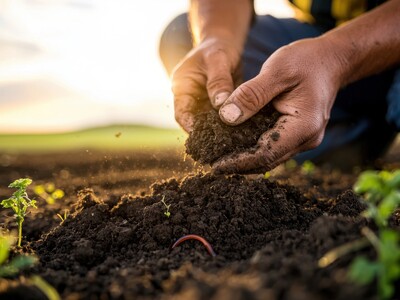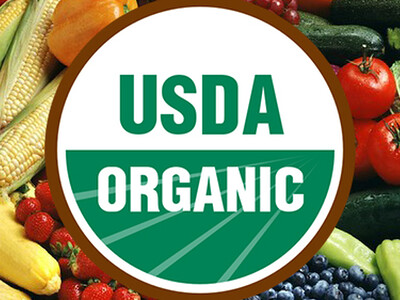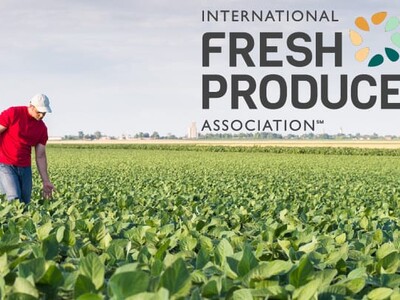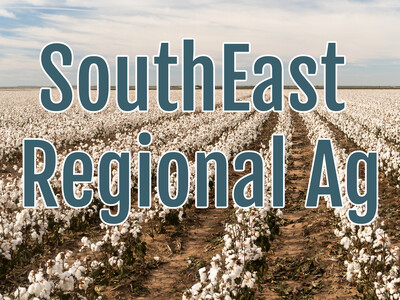Effects of Wildfire Smoke on Growing Crops

Tim Hammerich
News Reporter
Smoke from Canadian wildfires has shown up in parts of farm country throughout the summer of 2023. Seth Naeve, extension agronomist with the University of Minnesota, says the smoke’s effect on U.S. crops isn’t simple to describe.
Naeve… “Yes, the overall quantity of light is reduced. But one really interesting thing about crops is that the upper leaves of crop plants can't absorb all of the light that's incident upon them. There's two or three times as much intensity of light than those first leaves can absorb. Therefore, leaves below them receive a little bit more, and then a little bit is transmitted through the leaves. It goes down to the next leaves, and the next leaves, and by the time you get down in the canopy, the leaves are fully shaded.”
Naeve says the smoke does limit the overall amount of sunlight getting to the crops, and actually spreads that light more evenly throughout the plants. However, the burning wildfires create ozone, something harmful to crops and humans.
Naeve… “The only bad piece of this stuff for plants is ozone. So, we've all heard of ozone, and that's this reactive oxide that comes about by burning. And if ozone levels are increased, that has some detrimental effects on plants, so that these little radical oxygens kind of disrupt the individual cells, some parts within cells, within the plants, and so it could have a negative effect.”
Again, Seth Naeve is with the University of Minnesota.












